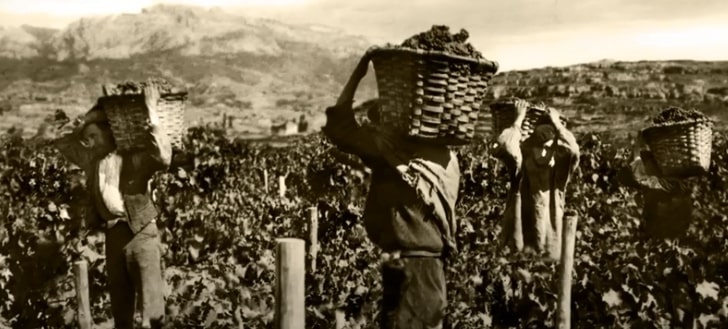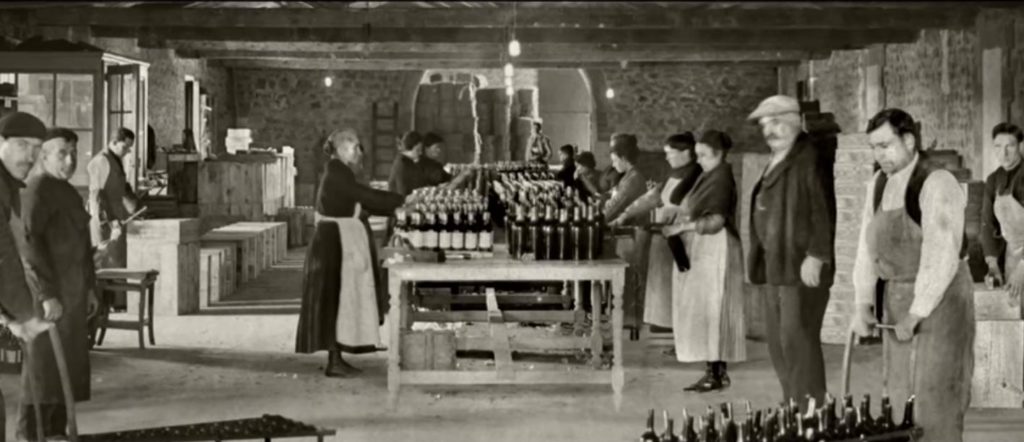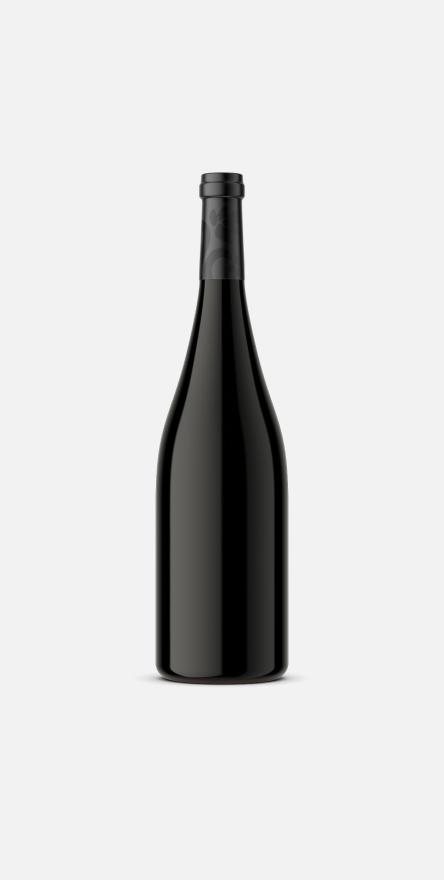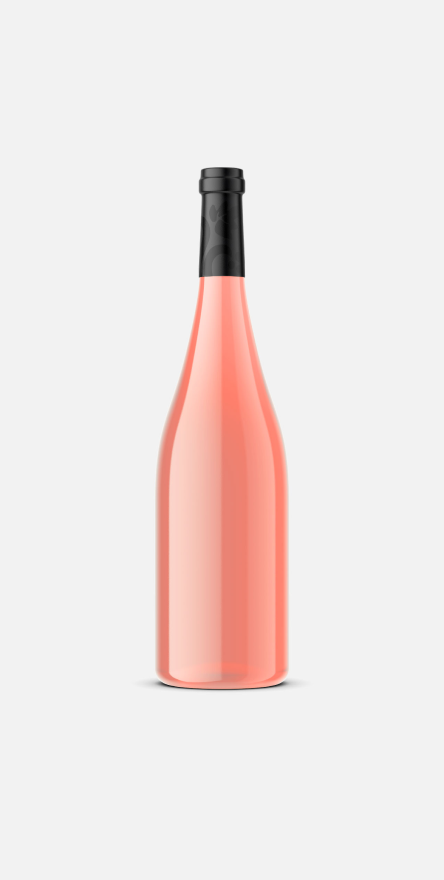Rioja’s past and history

Have you ever wondered about the history of wine? From its mysterious prehistoric origins to its time under Roman influence, and its connection with the Camino de Santiago, we will explore how the past has left an indelible mark on Rioja wines. As we embark on this fascinating journey through time, we’ll understand how history has shaped the character and quality of Rioja wines.
Prehistory and Romanization: The Origins of Wine in Rioja
Its origins date back to prehistoric times. The dolmens found at the foot of the Sierra de Cantabria are ancient funerary monuments dating back to ancient times that contain evidence of vessels used to transport and drink wine. The Romanization of the Iberian Peninsula in the 2nd century B.C. favored vine cultivation and wine production in the region. Remains of local amphorae filled with Rioja wine, transported by galleys sailing the Ebro River, have been discovered. Large cellar facilities found in various locations attest to the importance of wine in the economy of the time.
The Middle Ages: Monasteries, Names, and Wine Trade
The Middle Ages were a crucial period in the history of Rioja wine. The first documented mention of the word ‘Rioja’ dates back to 1099, and the region experienced both Arab and Christian influences. The creation of monasteries, such as San Millán, Valvanera, Nájera, and Albelda, boosted wine production in the region. Some of these monasteries became significant vineyard and cellar owners, thanks to the donations of the faithful.
“I want to make a prose in plain romance, in which the people usually speak with their neighbor, as I am not so learned to make another in Latin. It will be worth, as I believe, a glass of good wine.” These verses by the poet Gonzalo de Berceo, a monk who lived in the 13th century in the Riojan monastery of San Millán de Suso, are just one of the many historical testimonies to the region’s rich winemaking tradition.
The Camino de Santiago, which attracted thousands of pilgrims from all over Europe, also played a vital role in the wine trade. The pilgrims brought knowledge and technology with them, thus fostering the trade of goods, including Rioja wine, which was found on the main route to Compostela.
Birth of the Modern Era

With the transition to the modern era, cities prospered, and wine went from being a local product to a commodity marketed nationally and internationally. Rioja wines became famous and were exported to Europe and the Spanish colonies of the New World.
However, the 18th century brought a problem: overproduction. This led to the creation of solutions to stimulate trade, such as the improvement of roads and the quality of the wines produced in the region, proposed by the Royal Basque Society of Friends of the Country and the Royal Economic Society of Harvesters of Castilian Rioja.
The Birth of the Classic Rioja Style
The 19th century was decisive in shaping the classic Rioja style. New winemaking techniques in the style of Bordeaux were introduced, and oak barrels were incorporated. Two local landowners, the Marqués de Riscal and the Marqués de Murrieta, influenced by their time abroad, played a fundamental role. Their goal was to produce sof and robust wines capable of withstanding long journeys.
Rioja wine began to acquire the complexity and distinctive character that defines it to this day. These innovations shaped the quality wines we know and love today.
























